08 January 2025. Today, there is interesting news from the Kursk direction.
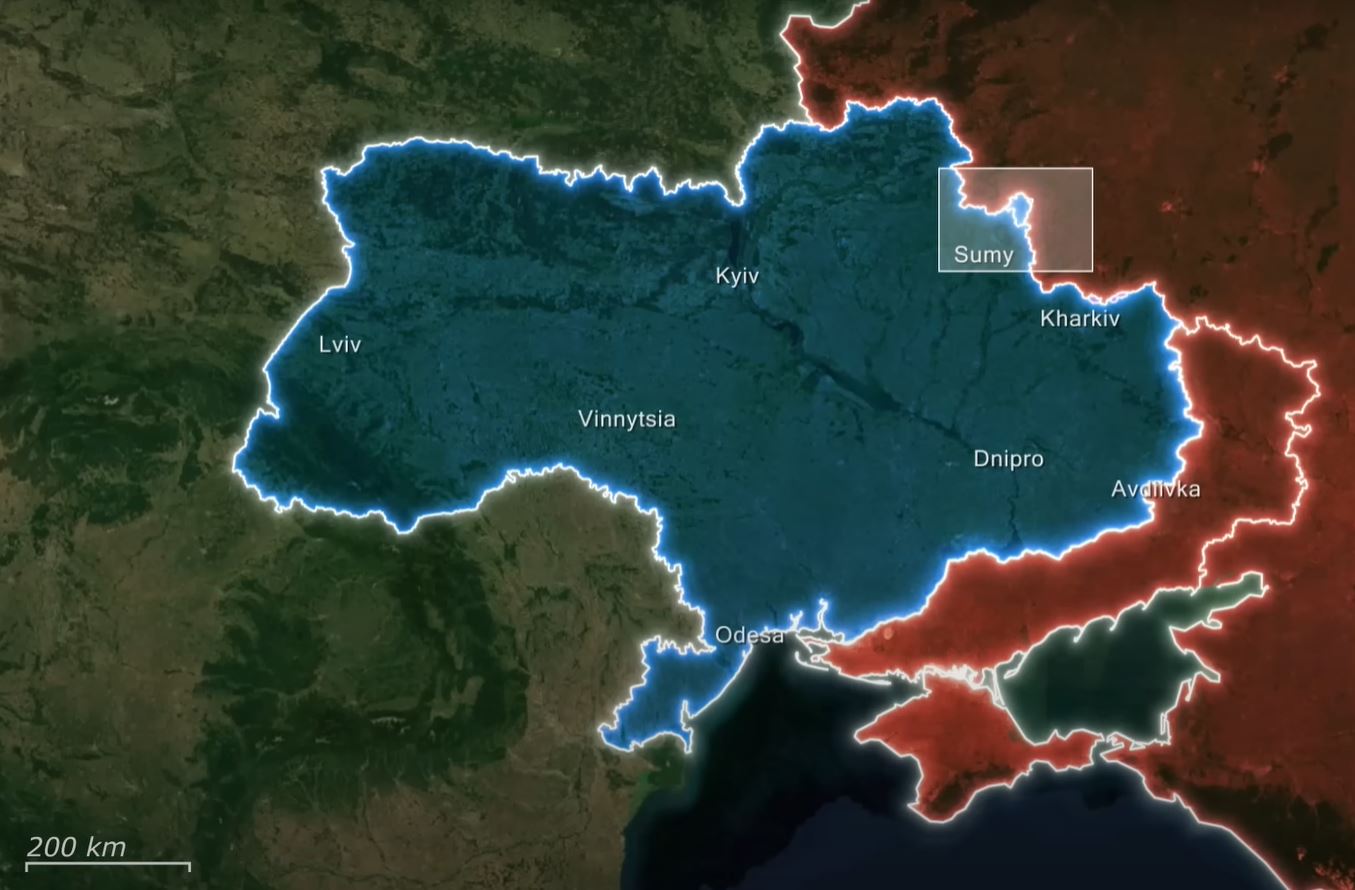
Here, the skies above Kursk are becoming an increasingly important battleground in Ukraine’s mission to dismantle Russian military capabilities. Ukrainian pilots demonstrated master-class skills while working under great danger, evading Russian missiles at the last moment to support their troops on the ground and deal maximal damage to the enemy.
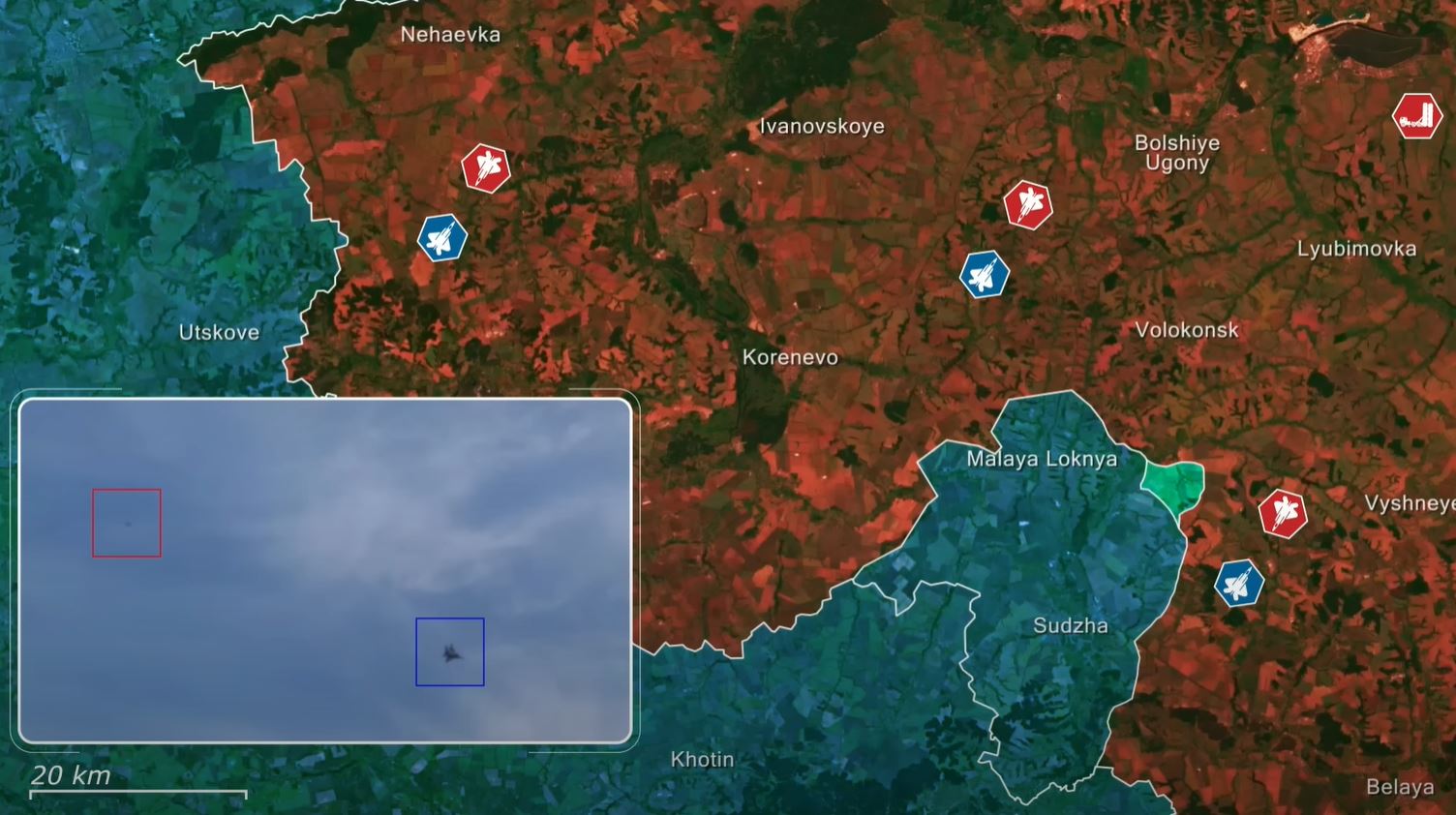
Ukrainian operations in Russia's Kursk Oblast
Ukraine’s primary objective is to dismantle Russian command centers, disrupt troop concentrations, and sever military communication networks, strategically timed to maximize its impact in the ongoing operations. Recently, Ukrainian forces launched a coordinated offensive across multiple axes, near Bolshoe Soldatskoye, Sudzha, Novoivanovka, and Tyotkino.
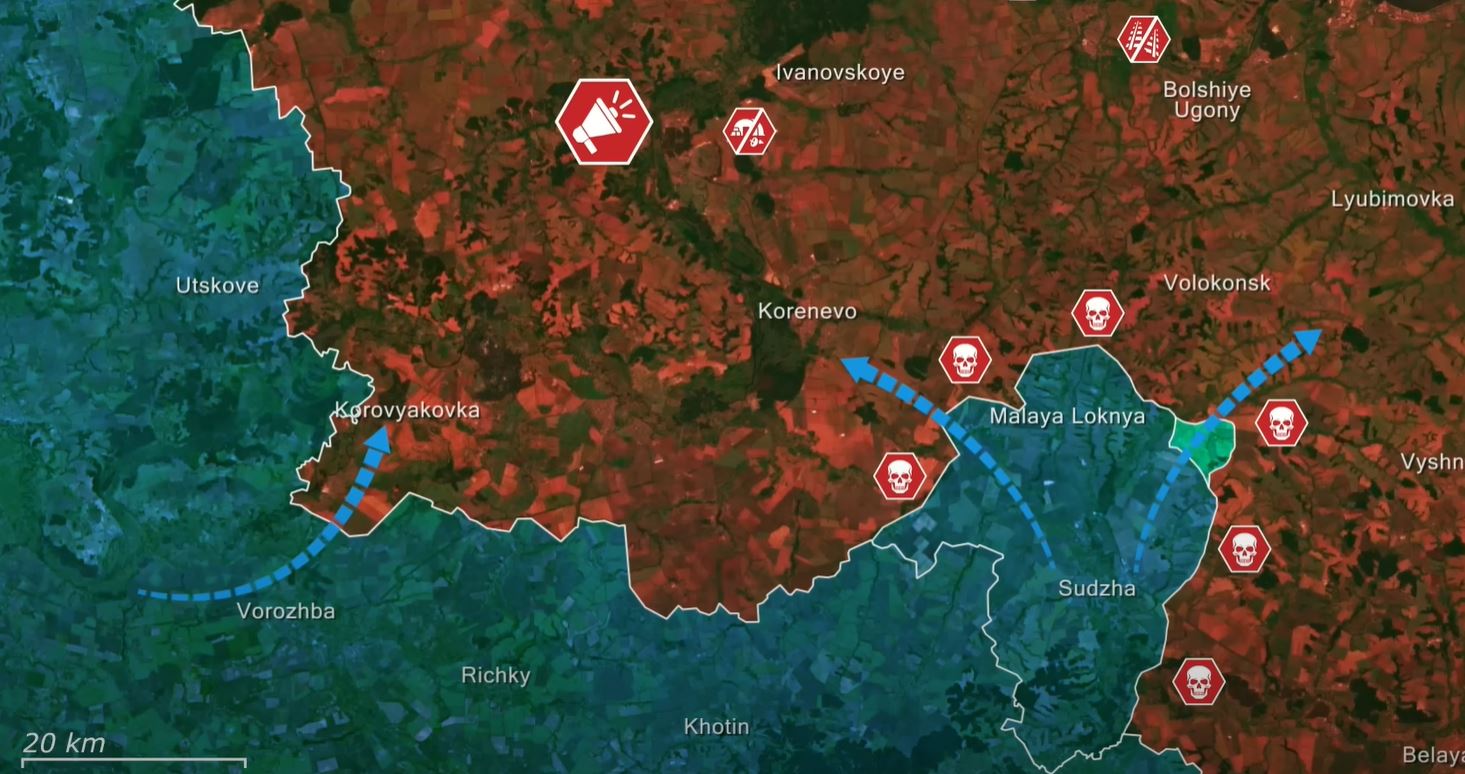
This has significantly strained Russian defenses, as they had already suffered from weeks of heavy losses in both manpower and equipment. The renewed Ukrainian offensive has alarmed Russian military analysts across the board, with claims ranging from a stable defense, to a full-on collapse of the Russian frontline.
As you already know, the weeks of ongoing battles severely depleted Russian and North Korean resources, causing gaps in their lines to appear and forcing them to call additional reinforcements from the Donbas regions.
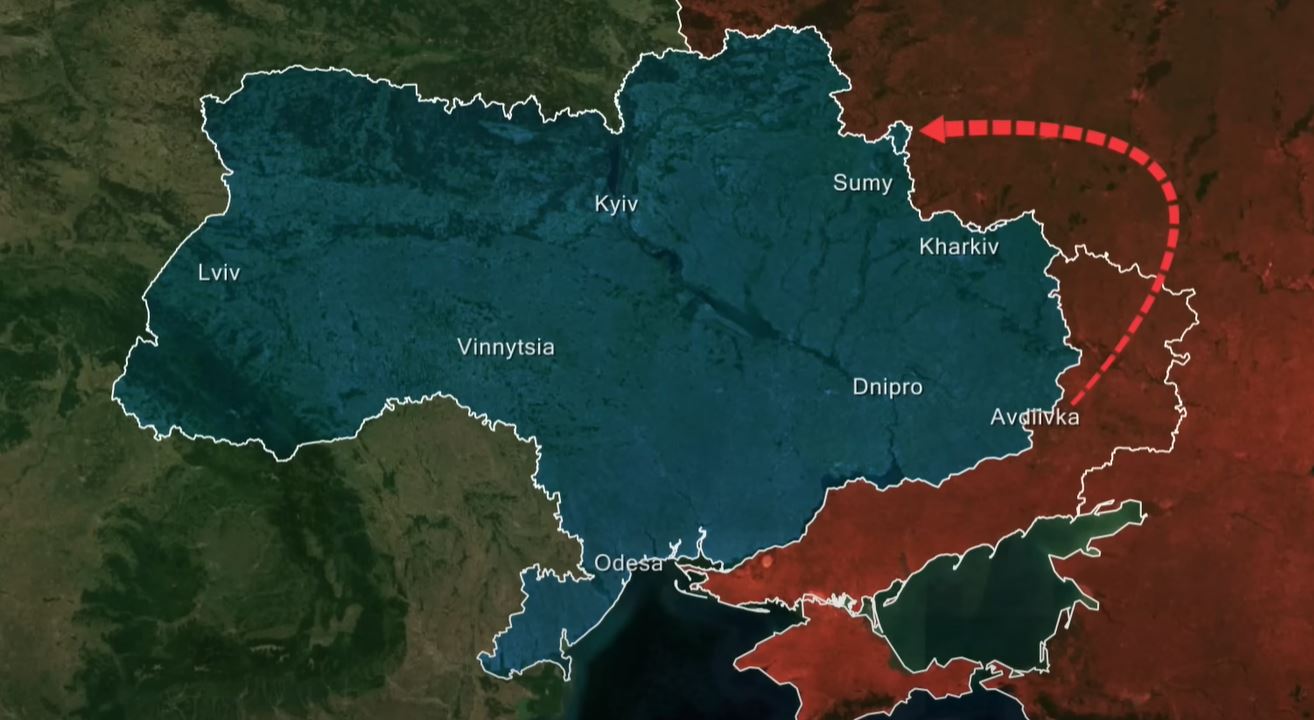
Recognizing this opportunity, the Ukrainian high command immediately planned to seize the initiative. Interestingly, Commander-in-Chief of the Ukrainian Armed Forces, General Oleksandr Syrskyi, visited frontline troops to finalize plans for the operation just hours before its launch. Not to raise suspicion about his presence, he combined the opportunity to present awards to the soldiers from the 225th assault and 82nd air assault brigades.
Targeting command and control
To bolster their ground offensive, Ukrainians significantly intensified precision strikes on Russian command posts and troop concentrations in the Kursk region, aiming to disrupt Moscow's ability to organize an effective defense.
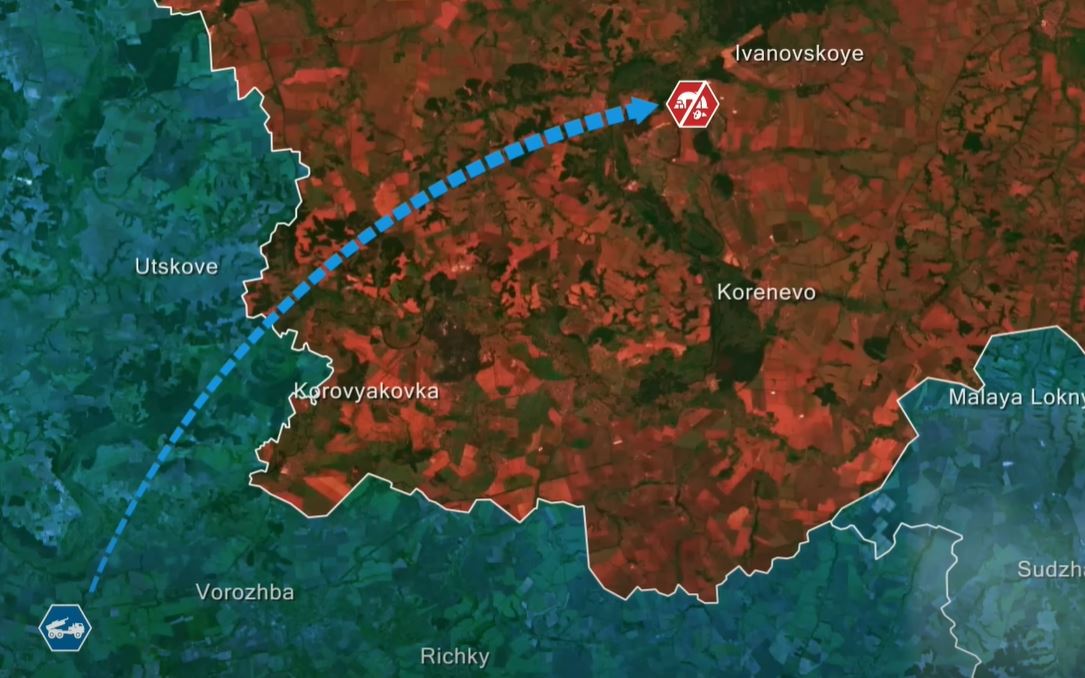
In Ivanovskoye, a Ukrainian HIMARS strike targeted a Russian military encampment, delivering a devastating blow to the leadership of the 810th Naval Infantry Brigade by eliminating several of its high-ranking officers. Meanwhile, near Lgov, a Ukrainian Storm Shadow missile strike reportedly hit the command post of the 76th VDV Division.
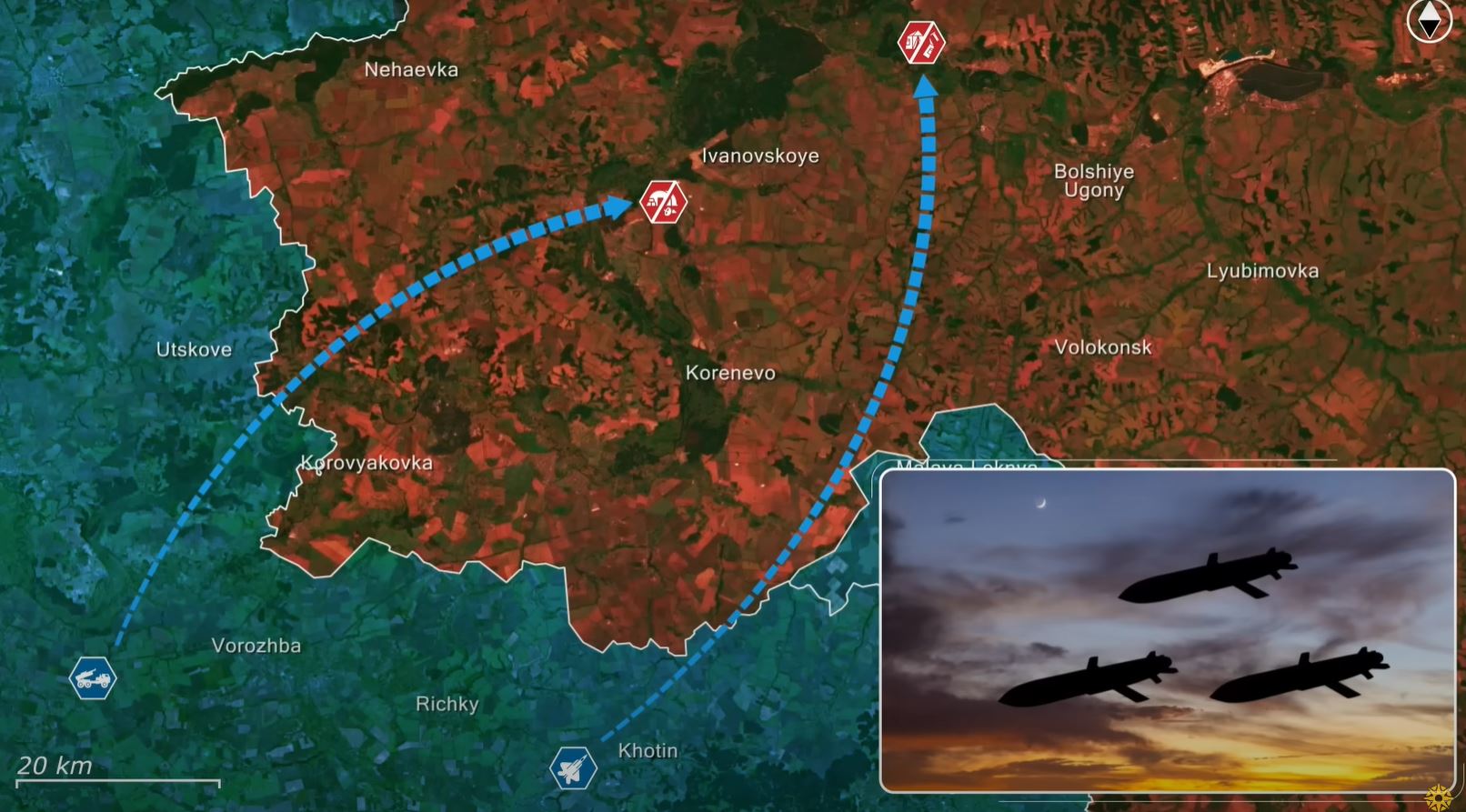
According to Russian sources, the attack killed eight senior commanders and injured 20 other soldiers, dealing a severe blow to the operational capacity of one of Russia's main units in the region, directly disrupting the chain of command and setting the right conditions for the Russians not to be able to respond on time after Ukrainians attack.
Ukraine’s tactical edge lies in its use of precision munitions, which enable accurate strikes with a high probability of success. These advanced weapons allow Ukrainian forces to maximize their impact on Russian infrastructure and personnel. However, significant challenges remain. The Ukrainian Air Force relies on older aircraft, munitions with a limited range, close to the range of the Russian air defenses, which increases the vulnerability of Ukrainian jets. Even while being spread thin and already having lost dozens of valuable pieces of equipment, Russian forces still employ a vast network of air defense systems and conduct active aerial patrols, making Ukrainian operations inherently risky.
Tactics and risks
To mitigate these disadvantages and still fulfill their operations, Ukrainian pilots employ daring tactics. Flying at low altitudes near the front lines, they ascend briefly to release their bombs before rapidly seeking cover.
Forbes: Ukraine equips its old Su-25 attack jets with French glide bombs
This approach minimizes the window for Russian defenses to intercept them but demands exceptional skill and poses a substantial danger to the pilots. A recently released video from Kursk showcasing a Ukrainian MiG-29 evading a Russian missile highlights the perils and proficiency of Ukraine’s aerial forces. Despite constant Russian claims of downing Ukrainian jets, there is no evidence to support them, and the results of the Ukrainian air forces speak for themselves.
Strategic significance of Kursk operations
Overall, the air battle over Kursk is part of the Ukrainian strategy to cut the head off the Russian snake and maintain the momentum in their counteroffensive. In addition to aerial operations, Ukraine continues to strike enemy command posts with HIMARS to slow down reaction time and provide support for troops on the ground. These efforts, combined with ongoing mechanized assaults, aim to entirely disrupt the Russian plans for retaking the Kursk region, exposing Russian weaknesses right before the inauguration of the new US president, Donald Trump.
In our regular frontline report, we pair up with the military blogger Reporting from Ukraine to keep you informed about what is happening on the battlefield in the Russo-Ukrainian war.
Related:
- Forbes: Up to 400 Russo-North Korean troops lost in single attack on Ukrainian positions in Kursk
- ISW: Russians make marginal advances near Toretsk, Kurakhove, deploy more fiber-optic drones
- Russian forces capture three villages in eastern Ukraine, DeepState reports
- ISW: Ukrainian troops gain ground in Kursk Oblast and strike rear areas
- Ukrainian SOF eliminate 13 North Korean soldiers in Russia’s Kursk Oblast
- Ukrainian Stryker crew runs over Russian soldier in Kursk Oblast attack
- Forbes: Russia and Ukraine launch offensives on the same day in Kursk salient
